KAIROS 18 – OBJECT 18
object to bring: teapot/coffeepot
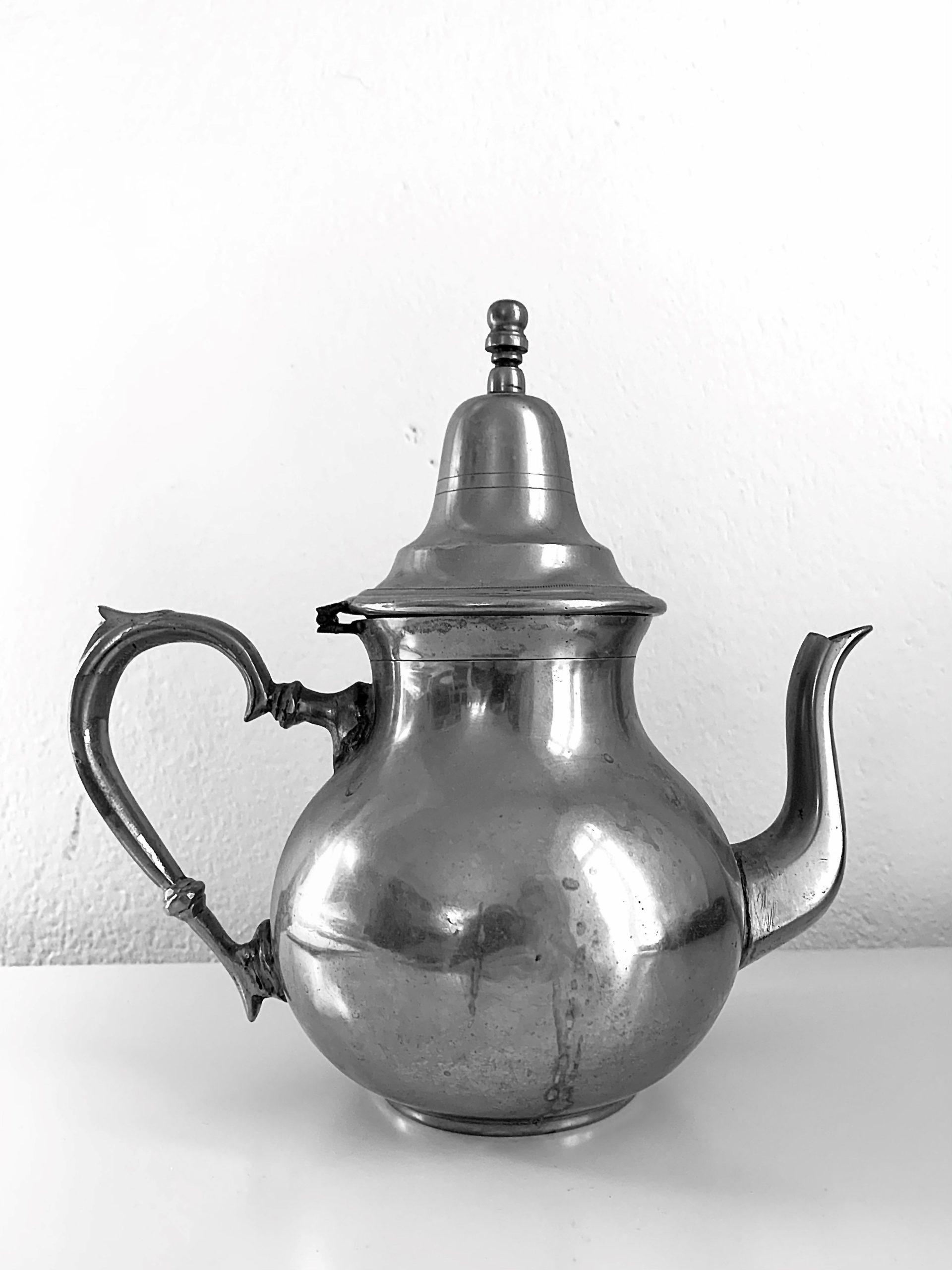
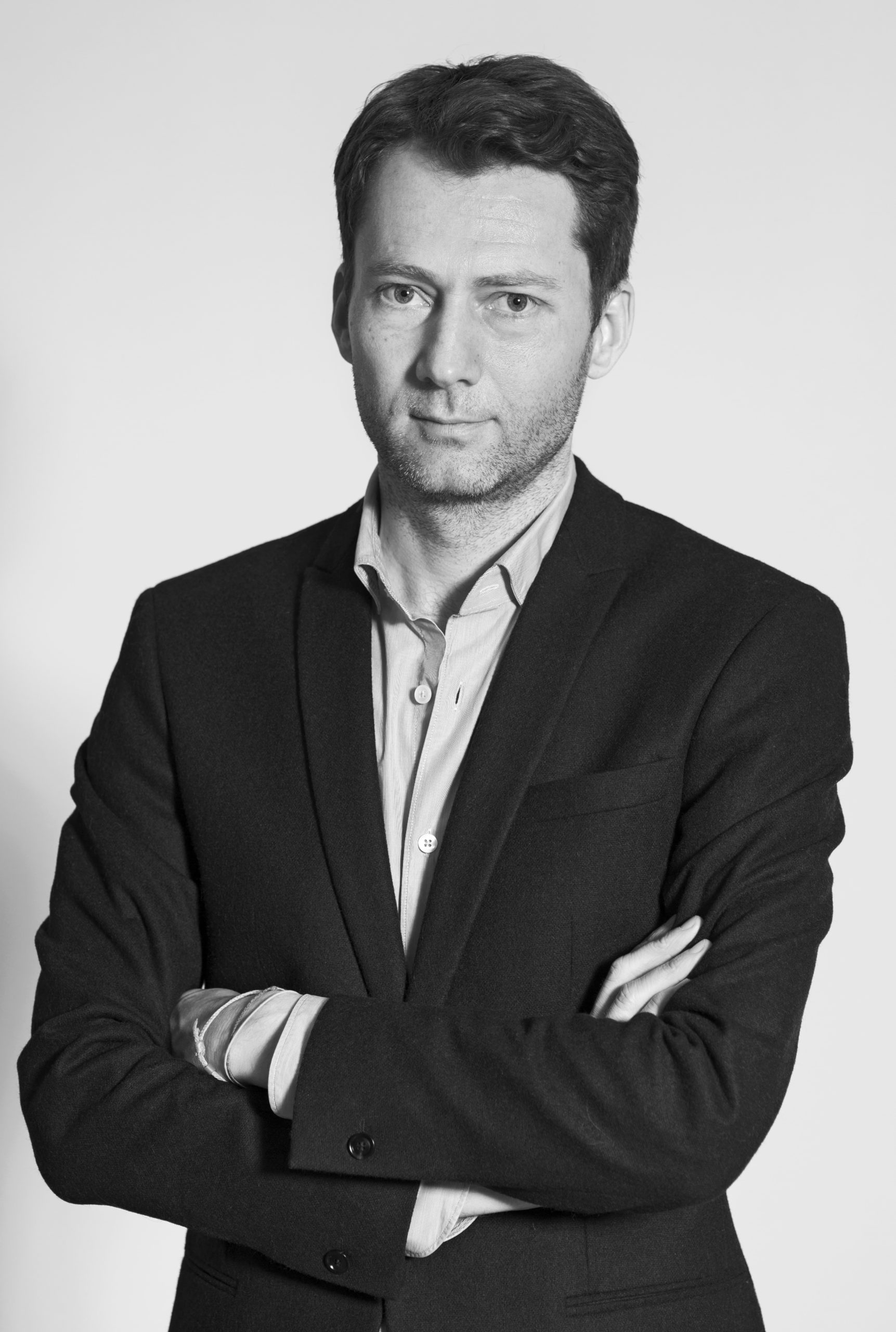
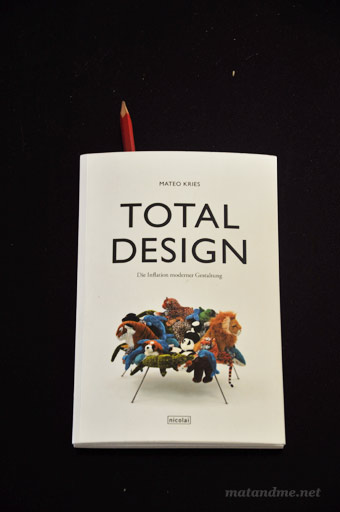
ON Mateo Kries
Dr. Mateo Kries (*1974) ist seit 2011 Direktor des Vitra Design Museums. Er studierte Kunstgeschichte und Soziologie an der Humboldt-Universität zu Berlin und begann seine Museumskarriere 1994/95 mit einem Volontariat im Museum für Berberkultur in Marrakech.
1995 kam er zum Vitra Design Museum, wo er bis 2000 als Kurator tätig war. Dann übernahm er die Leitung der Berliner Niederlassung des Vitra Design Museums und war ab 2006 als Chefkurator des Museums tätig. Während dieser Zeit verantwortete er zahlreiche Ausstellungen und war Mitbegründer des Berliner DESIGNMAI-Festivals.
Mateo Kries ist der Autor verschiedener Bücher und Artikel über Architektur- und Designgrößen wie Le Corbusier, Joe Colombo oder Konstantin Grcic, aber auch über Themen wie Design und Surrealismus oder Entwicklungen im nicht-westlichen Design. Er publiziert Artikel über Design und Architektur u.a. in Die Welt und domus und ist regelmäßig Mitglied in Jurys und Berufungskommissionen.
Im Jahr 2010 erschien sein Buch »Total Design – Die Inflation moderner Gestaltung«, in dem er aktuelle Wahrnehmungen von Design kritisch in den Blick nimmt. Mateo Kries ist Mitherausgeber des »Atlas des Möbeldesigns« (2019), derumfassendsten Publikation, die je zu diesem Thema publiziert wurde.

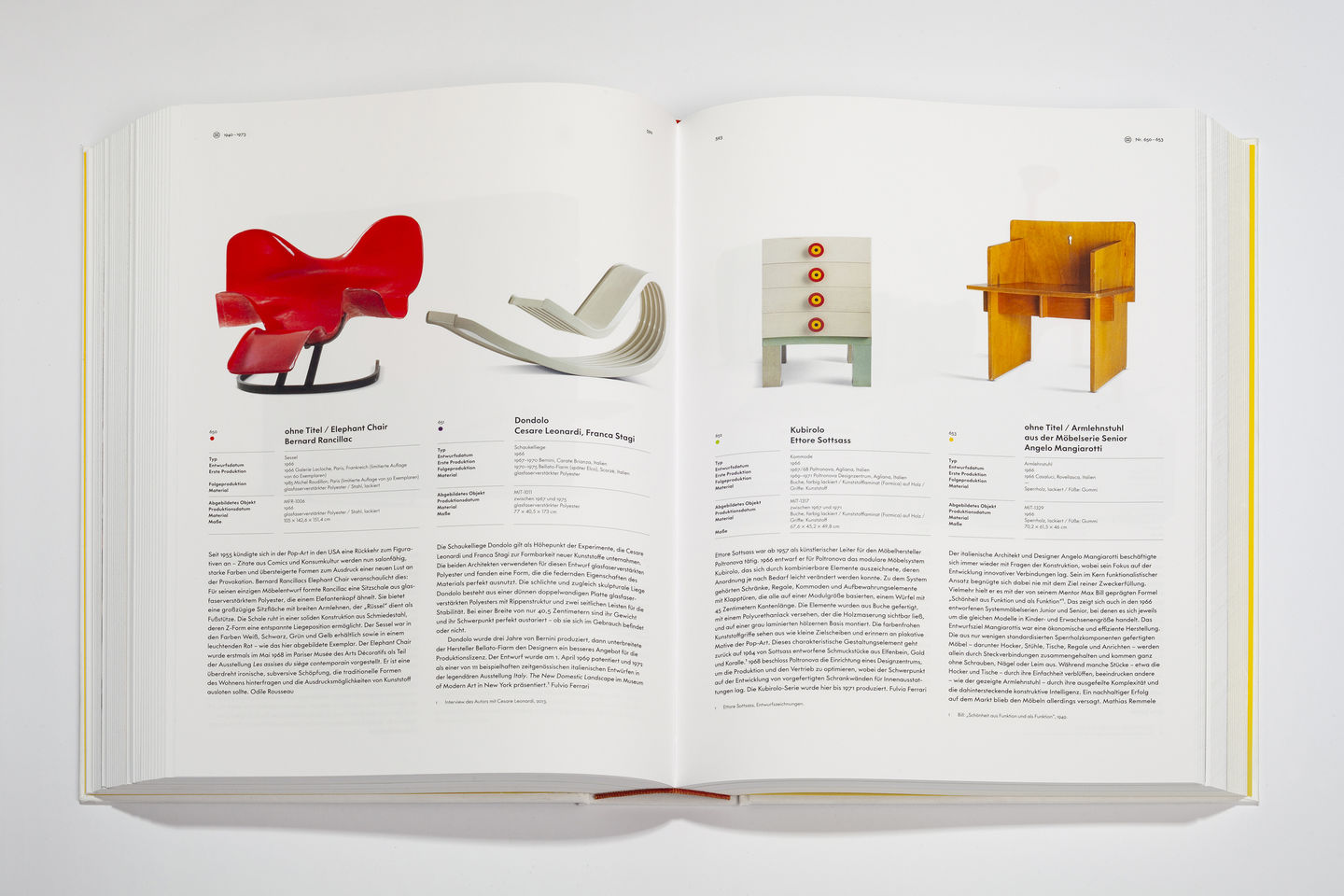
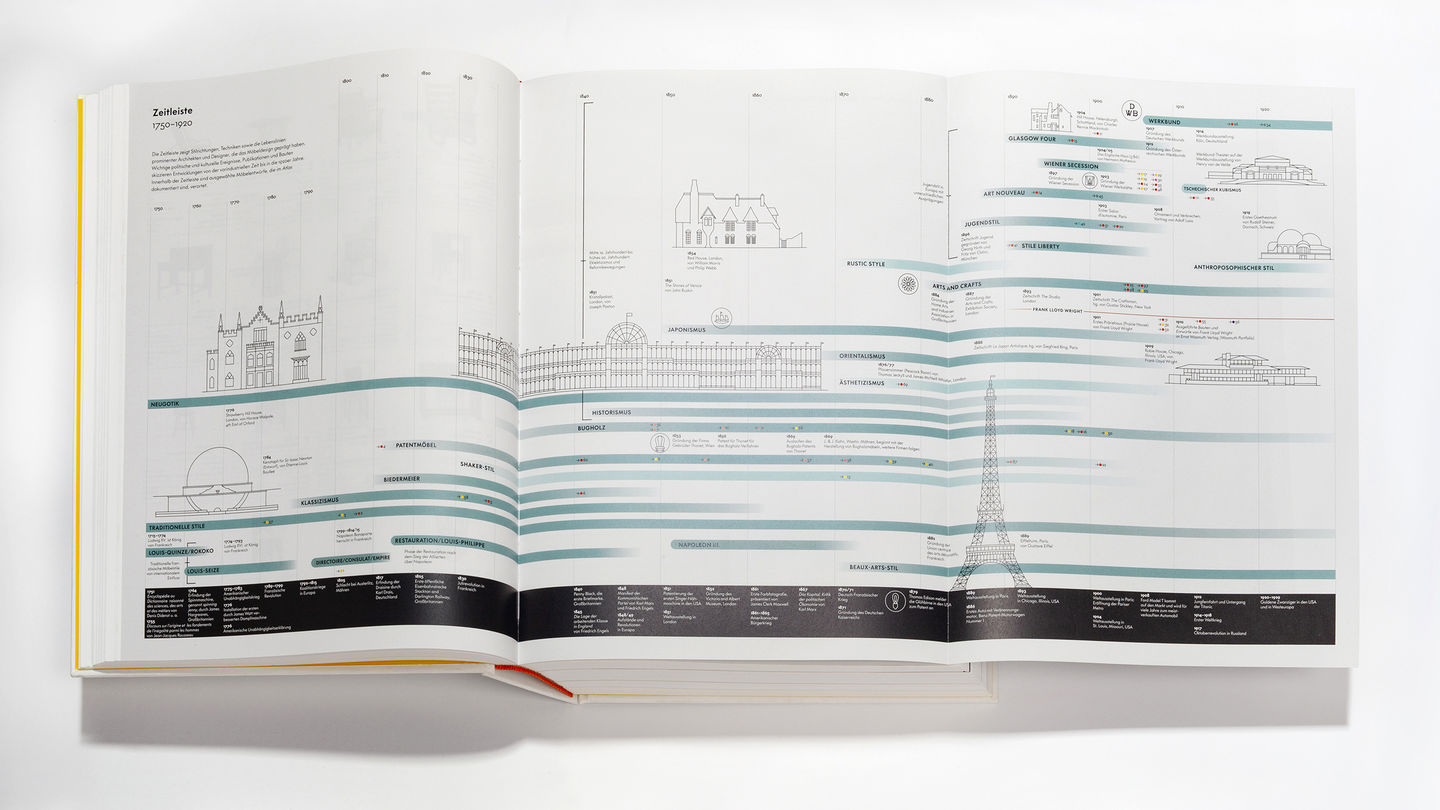
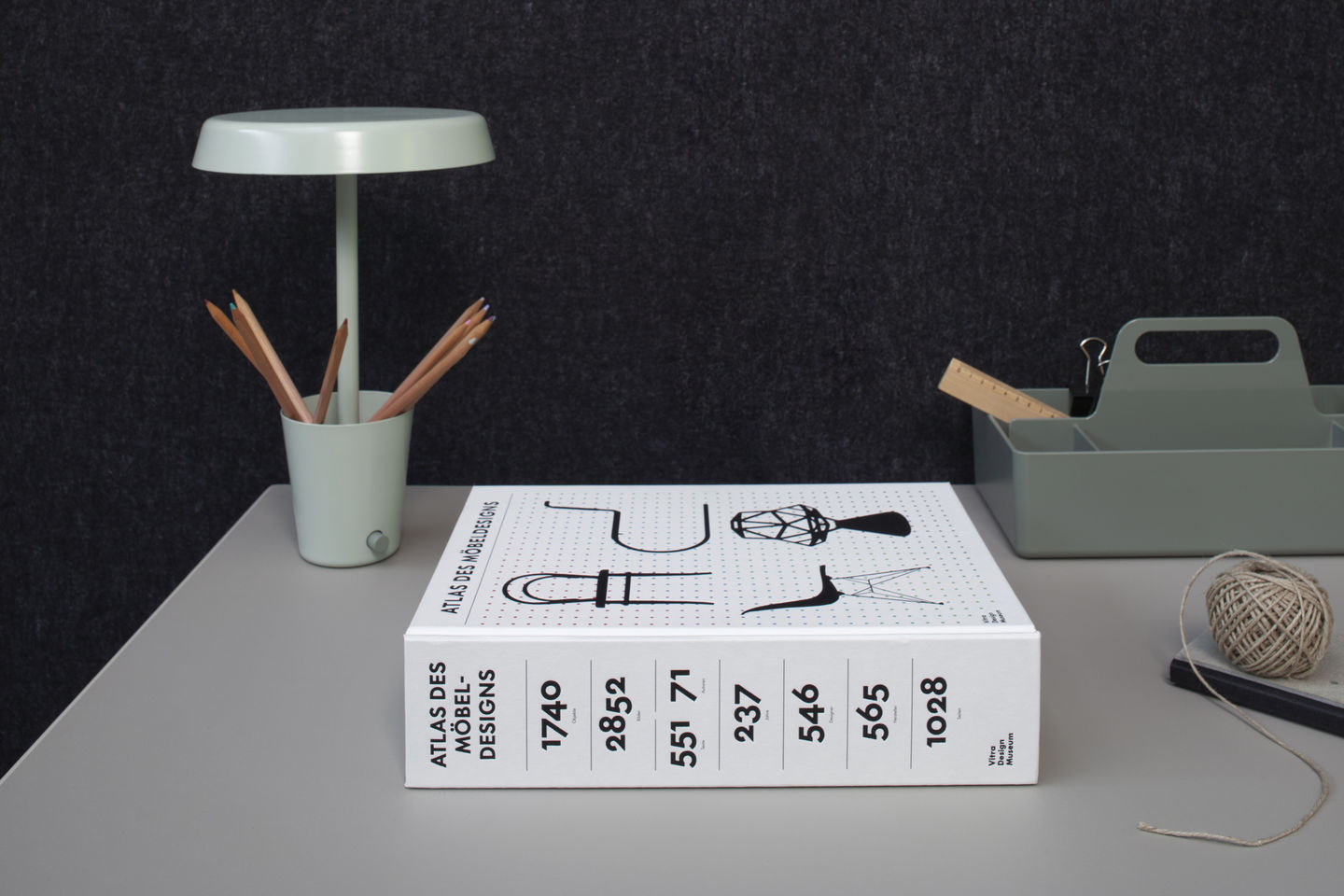
KAIROS 18 – A Talk with Mateo Kries – 31 Participants
Zusammenfassung
Mateo Kries // Kairos 18
Mateo Kries is the director of the Vitra Design Museum. This evening he focused on the perspective of an institution about the current situation and personal stories of himself.
Mateo Kries started his museum career in Marrakech, Morocco. He helped to build the collections, he guided the tour and he absorbed Islam culture there. His experience at that time helped him a lot in his future. Then he moved his position to Vitra Design Museum at the age of 21. Vitra Design Museum at that time, is well known by its collection of chairs as furniture. But Vitra Design Mu- seum is mainly focus on collecting objects. Things that people conscious about. His job as a chief curator of the museum, he digitalized the collection and contributed to design world with various subjects such as political, critical and social aspects on design.
He stated once that there would be no revolution in furniture and living room. He asked many time about the changes after the pandemic how the furniture or living condition will change. But what changes in digital action and instruments, not the furniture and living condition itself. It doesn’t matter how critical the ob- ject is, or how political it is. As a museum, the mission is to find the real innova- tion of our time.
Vitra Design Museum is preparing a show focused on political separation of 2 German design from west and east. It is about finding identities from 2 different countries which had been developed own objects, industries, and political di- mensions. But the message is that despite the political separation, the design itself is always the same.
He was a co-founder of DESIGNMAI in Berlin, which was later known as DMY. When he set up the festival, the city had possibilities and it worked well in the beginning. But city couldn’t afford the design festival financially. As a contrast, the Netherlands has great system to show new, young designs. That’s the rea- son that the festival can continue. Berlin is different. For initiators, or startups, Berlin is great city to start, but it’s very hard to survive. The bureaucratic muse- um structure is stronger than other cities where the festivals are, such as Lon- don, Milan or Paris.
The separation of design and art is considered as problematic in Germany. For example, French fashion is considered equal as french art. German design is very much based on industry. It is an economical approach to bring such ques- tions like, what design can contribute to the economy? It is quite wrong to face design of today. It is better to approach design as a culture like other countries in Europe where the design or at least the festivals are successful. The under-
standing of design is coming from his time in Morocco. He appreciate different cultures where the design is born. One country’s design interests him because of the culture does. Design is not the machine, but the idea transported from the culture.
His choice of a KARIOS object is a Moroccan teapot. The pouring of the tea is for the smell and taste better. Making the cup not too full is critical. The handle of the teapot is a decorative ornament, the form and material of the teapot are much related to culture. His experience in different culture influenced him to have his own perspective on design differently and that is the motive of as a di- rector of the most well-known design museum of the world.
Sanghyeok Lee
